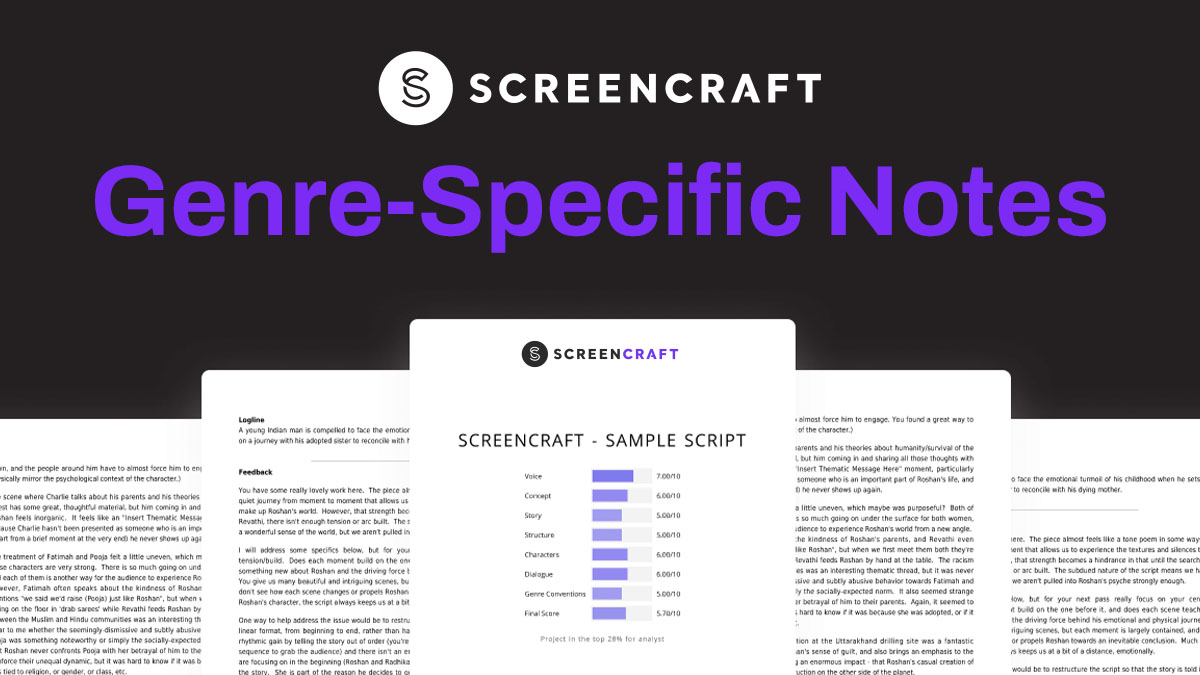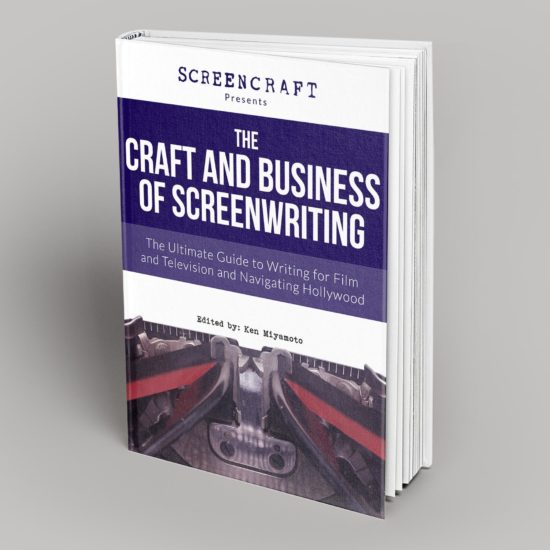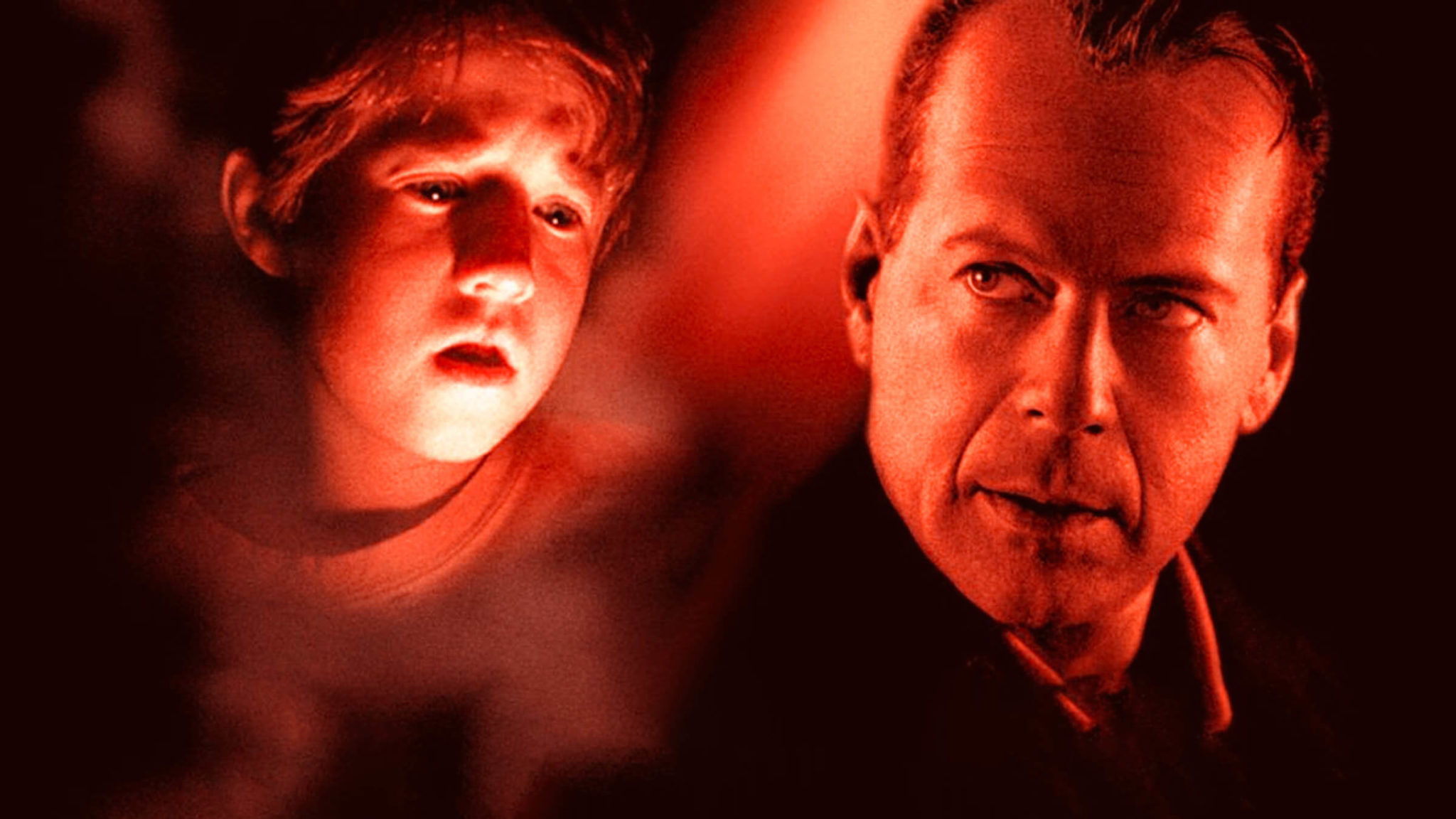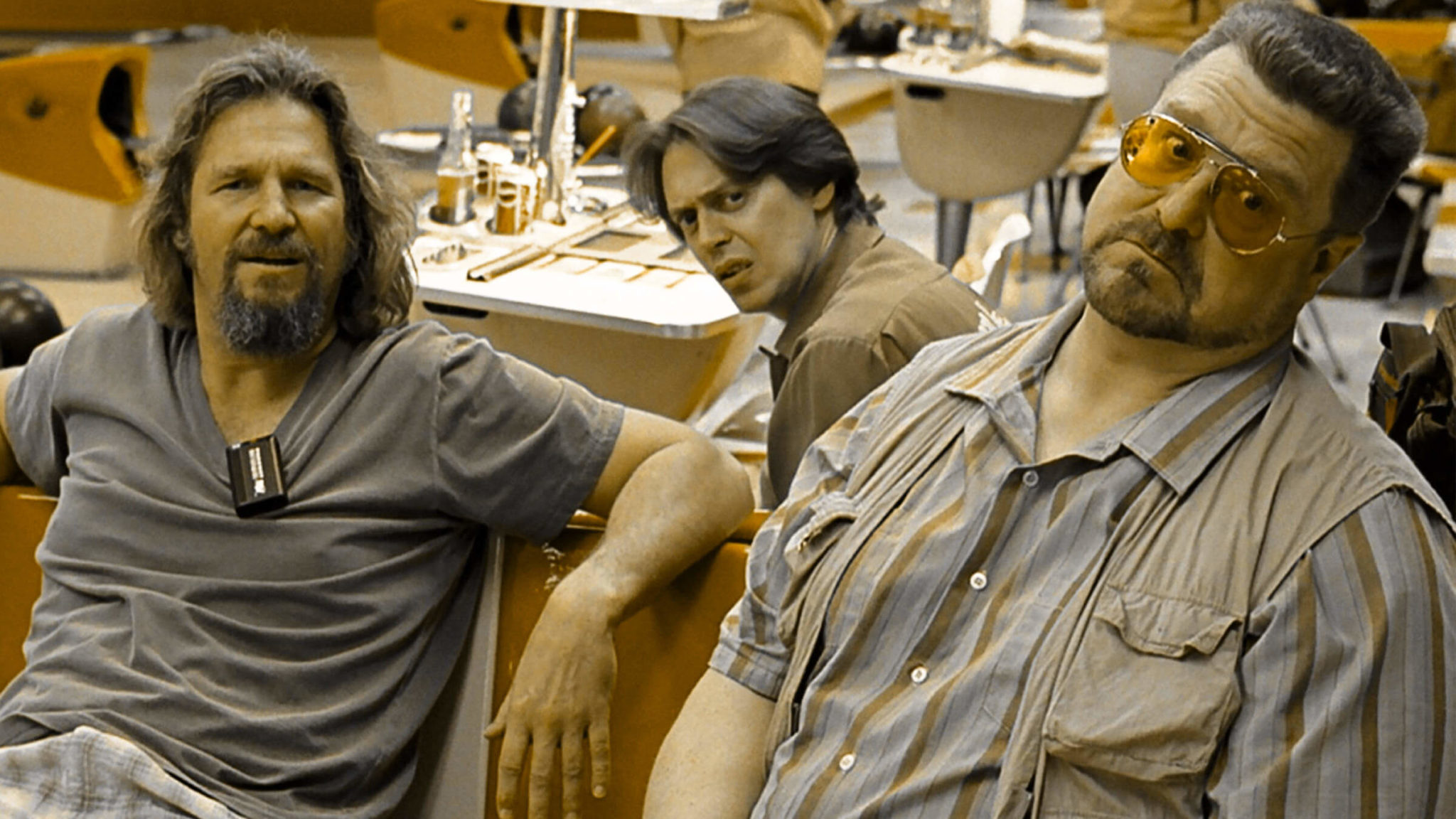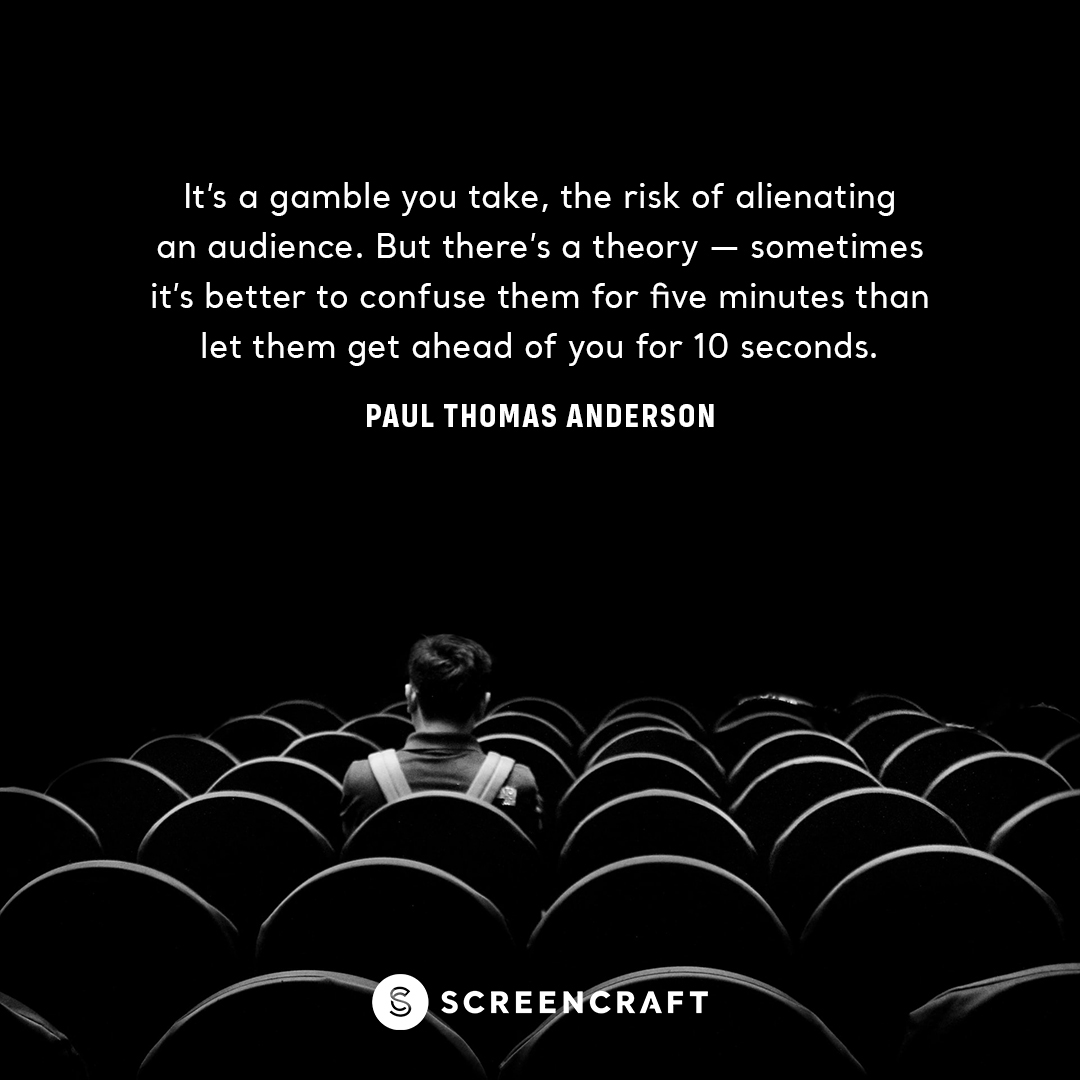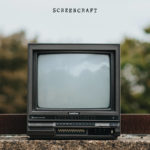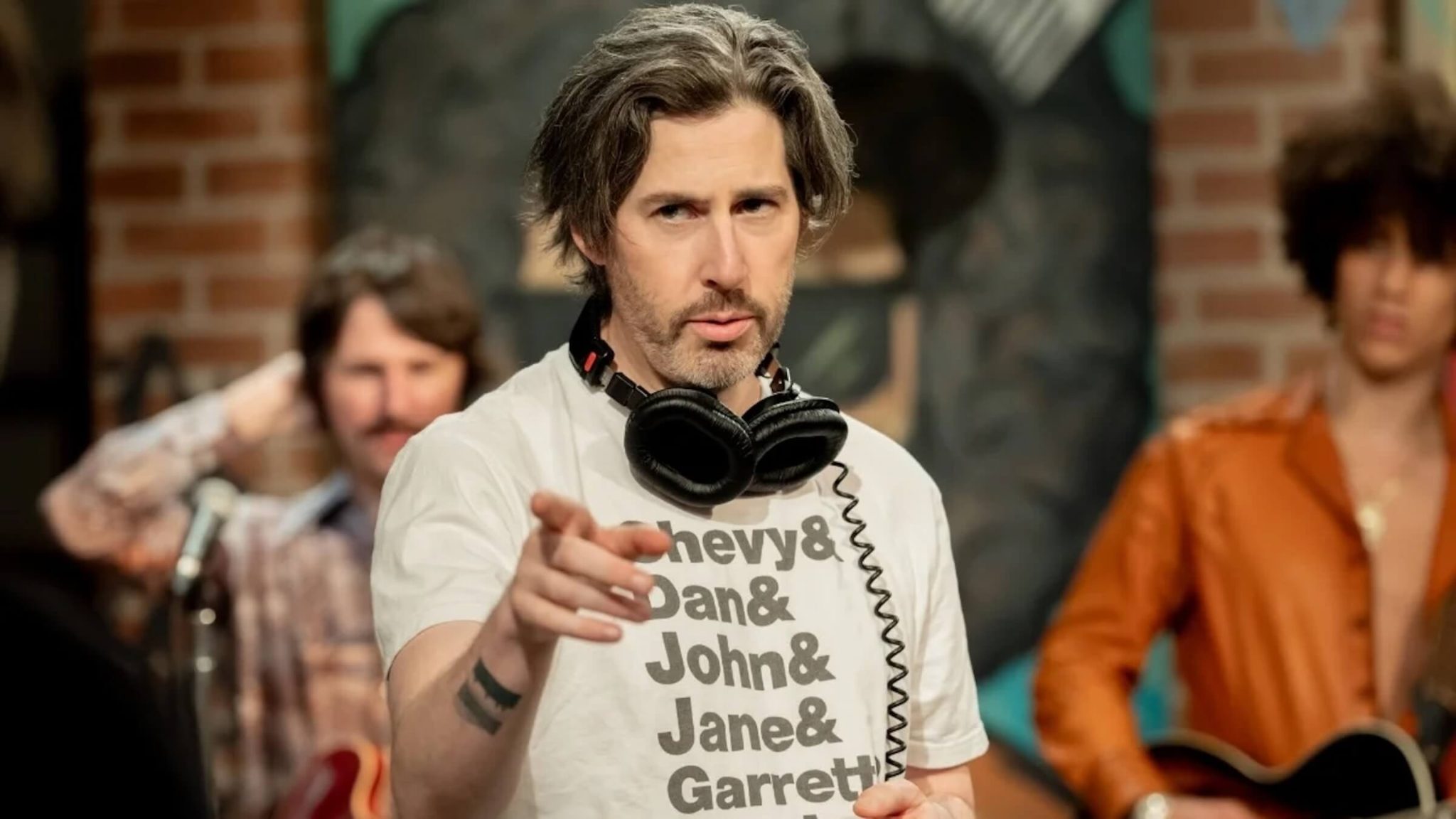Five Major Differences Between Writing Novels and Screenplays
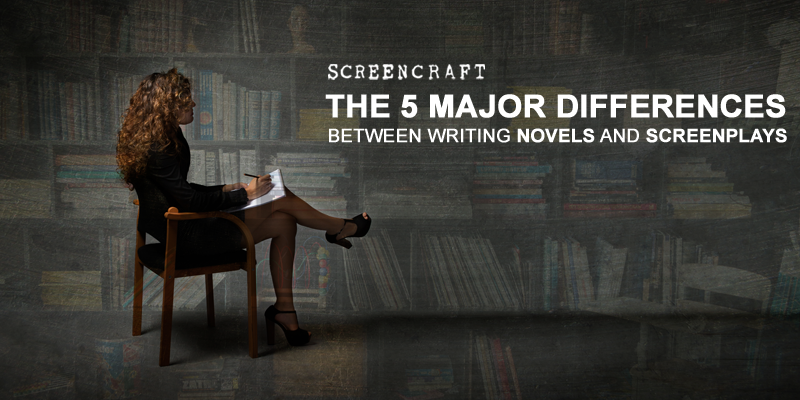
First off, let me start by saying if you’re a writer, you can write novels and screenplays, if you have the undying ambition and drive to do so. I say this because I was once told by someone within the TV and Film industry experience that you cannot. This person advised me to, “pick one and stick with it.” As if a mother could only pick one of her two children to raise. Sophie’s Choice, anyone? No, thanks! My stories are my babies and how I choose to write them is my choice.
The trick is to know which avenue to choose when you get an inspiration to write a story.
1. LENGTH
Is your story visually adaptable to be on screen? Sounds like a simple question, but it’s not. Writing prose is definitely visual, yet it’s also aesthetically detailed. Lots of detail. Lots and lots of detail. In both novels and screenplays, you really need to delve your reader into setting and character.
The main difference is a writer needs to accomplish that feat quicker in a screenplay versus a novel. A typical feature length screenplay is 110-120 pages whereas a novel could be several hundred pages long.
In a novel, a writer can take their time to build up chapters of details and characters leading to major plot points, obstacles, intricacies, climax and resolution. In a screenplay, each scene is a chapter per say, following the 3 Act structure and often incorporating the Hero’s Journey to get to your climax and resolution.
Put some serious thought into how your story enfolds. Is it intricate, are their multiple story lines? Do the story lines intertwine? Which POV drives the story? Does your story involve inner thoughts of your Main Character or other characters? Can you boil all this down to one hundred and some minutes (pages)? If so, go ahead and outline your screenplay. If not, your story may be better suited for a novel.
2. GENRE
What’s your story about? When writing for the screen, the industry prefers you pick a specific genre — and stick to it. Now, we’ve seen this rule bend quite a bit especially when books are adapted for screen. Let’s take Harry Potter for example. In the print world, JK Rowling’s books were labelled Young Adult, however, within the Young Adult realm there are several sub-realms HP falls into: Coming of Age, Romance, Suspense, Fantasy, Supernatural, Horror, Adventure, Family Drama, Contemporary Realism. These same sub-genres also exist in screenplays, but as a screenwriter you usually pick one for your story, maybe meld two together — Romantic Comedy.
Novelists have a much greater freedom of crossing genres within their works. Screenwriters, usually, do not. If you were to sit down and pitch your screenplay to a Hollywood producer as a Coming of Age, Suspense, Adventure, Sci-Fi, Drama, Romance. The producer would raise a confused eyebrow and from their WTF expression, your meeting has hence ended in their eyes.
3. DIALOGUE
Movies of the early 20th century were called “talkies” for a reason. In a screenplay, your dialogue carries as much weight of the story as your action does.
Writing meaningful and story-progressing dialogue can be a daunting task for a novelist. They take pride in writing dialogue between characters to signify emotion at a given time. Aha! And so do screenwriters! However, for a screenwriter, they construct dialogue within and around a scene. It’s all encompassing. On screen, when a guy walks into a room, as a viewer we need to know what he’s going to do next. Why is he in that room? We can’t read his thoughts (like you could in a novel) so we anticipate his dialogue or his actions.
In screenwriting, there are no internal thoughts. Sensory details need to come across in the character's actions as well as visible/audible emotions.
Which brings me to…
4. ACTION
To create your story into a screenplay, you need to boil down the detail, make your visuals vivid and succinct and put in some emotion punch. Here’s an example comparing novel writing to screenwriting:
Novel Writing
Night falls as Sam stands over a fresh grave hidden deep within the woods. He kneels beside, a worn-out child’s blanket clenched in one fist. His heart thumping in his chest, lungs clenching with every breath. His open hand reaches for the overturned dirt, but hesitates. His mind wanders, could this be the final resting place of his little lost daughter? Slowly, his hand reaches deep into the damp soil as he digs and weeps.
Screenwriting
EXT. WOODS – NIGHT
Sam stands over small fresh grave. Falls to his knees in agony. Grasping child’s blanket in one hand, while other hand quivers as he digs. Weeps.
SAM
Oh Kimmy, don’t let this be you.
Sure, a screenwriter could write tons more detail into this setting description and action. Why would you need to? The key takeaway from this scene should be "Did your reader/viewer have a VISUAL and EMOTIONAL experience?" If the answer is “yes” — DING! Your work is done!
5. Budget/Setting
I combined Budget/Setting into the same category because in the screenwriting world one relies on the other. In writing a novel, there is no budget. A writer is free to create a story that covers the globe — starting in Buckingham Palace, venturing the Alps of Switzerland, sailing the Atlantic to North America to arrive in New Foundland where the main character enters a dog sledding race across Canada. Wow! Expansive! Spectacular! For a movie producer, the first word that comes to mind — EXPENSIVE!
As a screenwriter, you need to have a keen sense of budget when creating your story because it does affect how your screenplay is accepted. How many set pieces are in your screenplay? Could they be reduced? Are there any special effects? Explosions? Car chases? Having a car chase in downtown Lincoln, Nebraska would cost a lot less than having one through the heart of Atlanta, Georgia. Is it a historical period story? Would the producer need to round up a bunch of horse-drawn wagons, period costumes, and detailed sets?
All this information might be a bit much to digest at first, but don’t get discouraged. As writers, the key to our sanity is write what you want to write. Put words to page. You can always tackle the conversion process later if you decide your story would be better suited for paperback or screen.
Get Our Screenwriting Newsletter!
Get weekly writing inspiration delivered to your inbox - including industry news, popular articles, and more!


